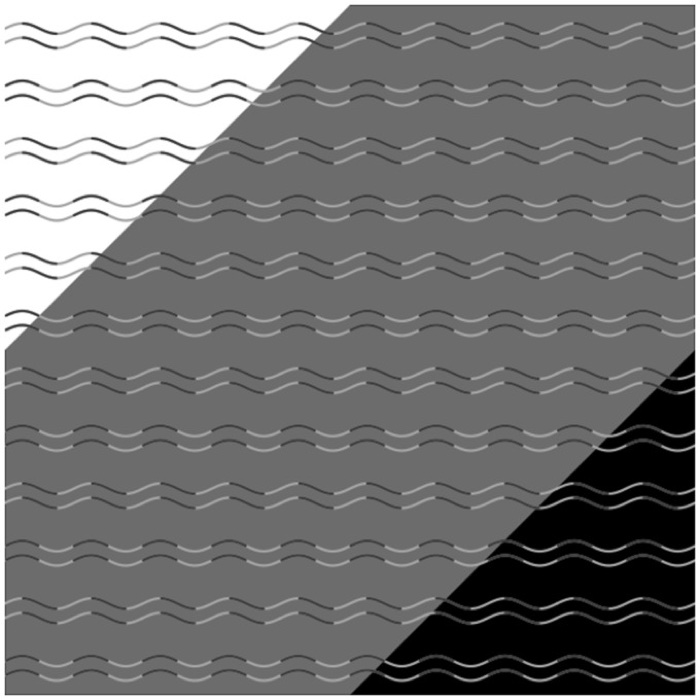Zig-zags or curves? A new optical illusion to test 'curvature blindness'

New Delhi : Optical illusions do mesmerise people, with added health benefits it becomes even more interesting. We bring you a optical illusion that is going viral on social media and helps in checking if a person is suffering from 'Curvature Blindness'.
Curvature Blindness is an illusion for human mind where it gets confused and separates identical sine waves into curved and pointed shape based on the colour drawn on it. Checkimage below for better understanding.

A series of wavy horizontal lines are shown. All of the lines have exactly the same shape – a sine curve. However, half of the lines appear to have a much more triangular, “zig-zag” shape, when they are superimposed on a grey background. This “zig-zag” appearance is an illusion.
The illusion has been originally discovered by psychologist Kohske Takahashi from Japan's Chukyo University.
But why do so many of us see zigzag lines in the picture, when in actuality every line in the image is wavy?
According to Takahashi, it could be to do with how our eyes differentiate curves and corners in the real world – and it's possible the way we tell the two apart triggers some kind of conflict in the brain's visual system.
"We propose that the underlying mechanisms for the gentle curve perception and those of obtuse corner perception are competing with each other in an imbalanced way," Takahashi explains in his paper, "and the percepts of corner might be dominant in the visual system."
But why do corners trump curves instead of the other way around? Hypothetically speaking, it could be because of how humans have had to accommodate the contrived geometries of the modern physical world around us.
"I'd say that our eyes and brain may have been evolutionarily adapted to detect corners more efficiently than curves," Takahashi told The Telegraph.
"We are surrounded by artificial products, which have much more corners than [the] natural environment does, and hence our visual. This visual phenomenon doesn't cause the problem in our everyday life, otherwise someone should have found this illusion earlier."








